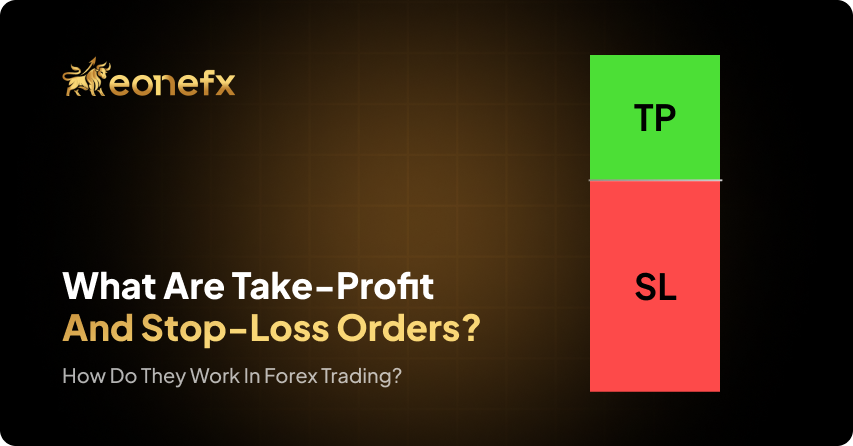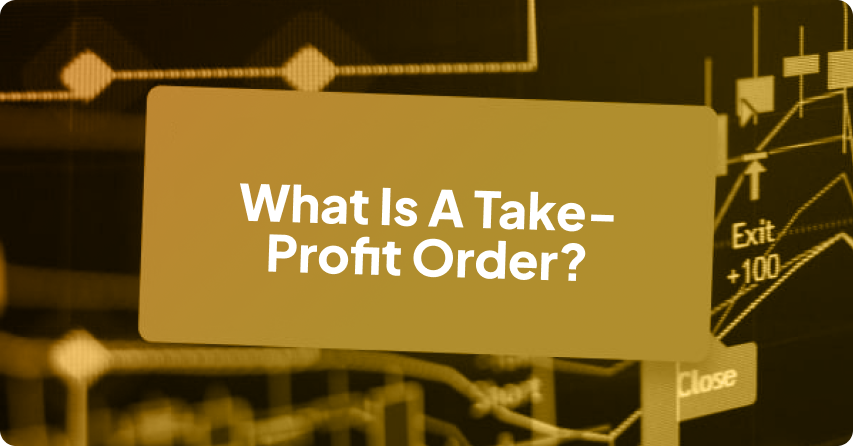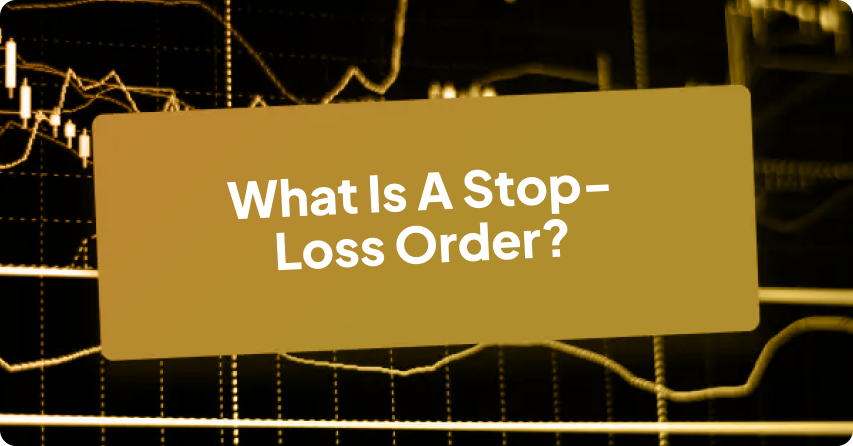What Are Take-Profit and Stop-Loss Orders? How Do They Work in Forex Trading?
By EoneFX Insights
24 December 2024

Imagine you’re on a thrilling roller coaster — every twist and turn has you holding your breath, unsure of what comes next. Forex trading often feels the same, with unpredictable market movements and rapid price shifts.
But what if there was a way to set boundaries, securing your profits and capping potential losses? That’s where take-profit (TP) and stop-loss (SL) orders come into play. These tools act as safety harnesses, helping traders navigate the volatile world of forex trading with confidence.
In this blog, we’ll delve into the essential functions of take-profit and stop-loss orders, explore their advantages and disadvantages, and provide actionable tips for setting them effectively. Let’s get started.
What Is a Take-Profit Order?

A take-profit (TP) order is a preset instruction to close a trade once the market price reaches a specific level of profit. It allows traders to lock in gains without constantly monitoring the market.
Example:
if you buy EUR/USD at 1.1000 and set a take-profit order at 1.1100, your trade will automatically close when the price rises to 1.1100, securing a 100-pip profit.
What Is a Stop-Loss Order?

A stop-loss (SL) order is designed to limit losses by automatically closing a trade when the market price moves against you to a specified level. It’s a critical risk management tool that prevents substantial financial damage.
For instance,
if you buy EUR/USD at 1.1000 and set a stop-loss at 1.0950, your position will close if the price falls to 1.0950, capping your loss at 50 pips.
Why Use Take-Profit and Stop-Loss Orders?
Using TP and SL orders helps traders achieve two critical objectives:
- Risk Management: SL orders protect against significant losses by automatically exiting losing trades.
- Profit Preservation: TP orders secure profits before the market reverses unexpectedly.

These orders allow traders to follow their strategy without letting emotions like fear or greed dictate their decisions.
Advantages of Take-Profit Orders
- Automation: TP orders eliminate the need for constant market monitoring, freeing up time for other activities.
- Profit Lock-In: They ensure that gains are secured once the market reaches your desired profit level.
- Discipline: TP orders enforce adherence to a trading plan, preventing overconfidence.
Disadvantages of Take-Profit Orders
- Missed Opportunities: If the market continues to move favorably after hitting the TP level, you might miss out on additional profits.
- Inflexibility: Sudden market trends may require adjustments, but preset TP orders won’t adapt dynamically.
Advantages of Stop-Loss Orders
- Loss Limitation: SL orders cap potential losses, safeguarding your trading capital.
- Emotion Control: They prevent emotional decisions during volatile market conditions.
- Strategic Alignment: SL orders enforce disciplined trading by adhering to risk management principles.
Disadvantages of Stop-Loss Orders
- Premature Closures: Market volatility might trigger SL orders unnecessarily, closing trades before they recover.
- Slippage Risk: During fast-moving markets, the execution price might differ slightly from the set SL level.
How Do You Set Take-Profit and Stop-Loss Orders?
Setting TP and SL orders requires a combination of market analysis and risk management strategies. Here’s how:
- Identify Key Levels: Use technical indicators like support and resistance levels, Fibonacci retracements, or pivot points to determine optimal TP and SL points.
- Use a Risk-Reward Ratio: Aim for a ratio of at least 1:2, where the potential profit is twice the potential loss.
- Example: If your SL is 50 pips below the entry price, set your TP at least 100 pips above.
- Consider Market Volatility: Wider SL levels may be necessary for volatile markets, while stable markets allow for tighter SL levels.
- Test with a Demo Account: Practice setting TP and SL orders in a risk-free environment to refine your skills.
How Do You Calculate the Best Take-Profit and Stop-Loss Price Levels?
- Leverage Technical Analysis: Use tools like moving averages, Bollinger Bands, and Relative Strength Index (RSI) to identify trends and entry/exit points.
- Factor in Volatility: Use the Average True Range (ATR) indicator to gauge market volatility and set appropriate TP and SL levels.
- Assess Timeframes: For short-term trades, tighter SL and TP levels may suffice. For long-term positions, consider wider levels to account for market fluctuations.
Take-Profit and Stop-Loss Summed-Up
In summary, TP and SL orders are indispensable tools for forex traders. While TP orders lock in profits, SL orders protect against significant losses. When used together, they form a comprehensive risk management strategy, allowing traders to navigate the forex market confidently.
Conclusion
Mastering take-profit and stop-loss orders is a vital skill for every forex trader. These tools not only protect your capital but also enhance trading discipline, helping you stay aligned with your strategy. Whether you’re trading from a forex live account in Mauritius or exploring online CFD trading, understanding and implementing TP and SL orders can significantly improve your trading outcomes.
Ready to get started? Explore our Forex Trading page to learn more about advanced risk management strategies.
FAQs
1. How does a take-profit stop-loss order work?
Take-profit orders close trades at a preset profit level, while stop-loss orders limit losses by closing trades at a predetermined price.
2. What is the best ratio for take-profit and stop-loss?
A risk-reward ratio of 1:2 is commonly recommended, ensuring potential profits outweigh potential losses.
3. Is it better to take profit or stop-loss?
Both are equally important. Take-profit locks in gains, while stop-loss protects against significant losses.
4. Can you have stop-loss and take-profit at the same time?
Yes, most trading platforms allow you to set both orders simultaneously, ensuring comprehensive trade management.
Table of Contents
- What Is a Take-Profit Order?
- What Is a Stop-Loss Order?
- Why Use Take-Profit and Stop-Loss Orders?
- Advantages of Take-Profit Orders
- Disadvantages of Take-Profit Orders
- Advantages of Stop-Loss Orders
- Disadvantages of Stop-Loss Orders
- How Do You Set Take-Profit and Stop-Loss Orders?
- How Do You Calculate the Best Take-Profit and Stop-Loss Price Levels?
- Take-Profit and Stop-Loss Summed-Up
- Conclusion
- FAQs